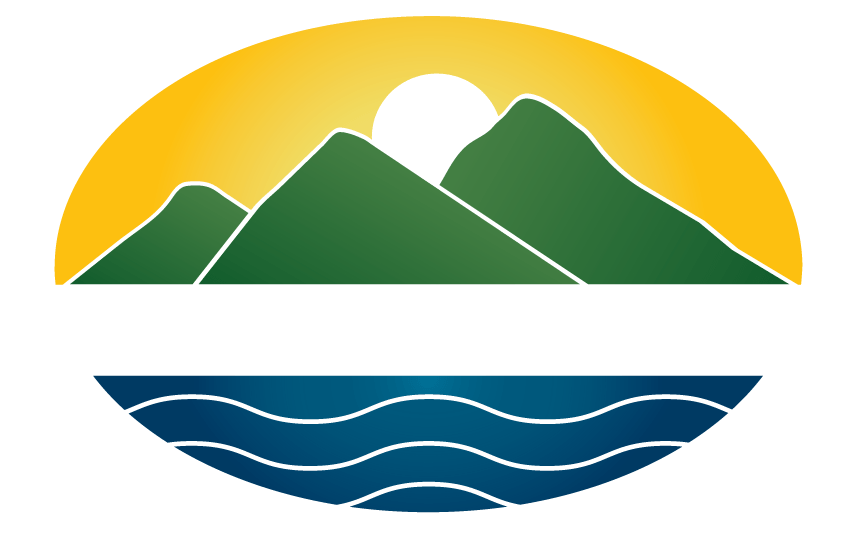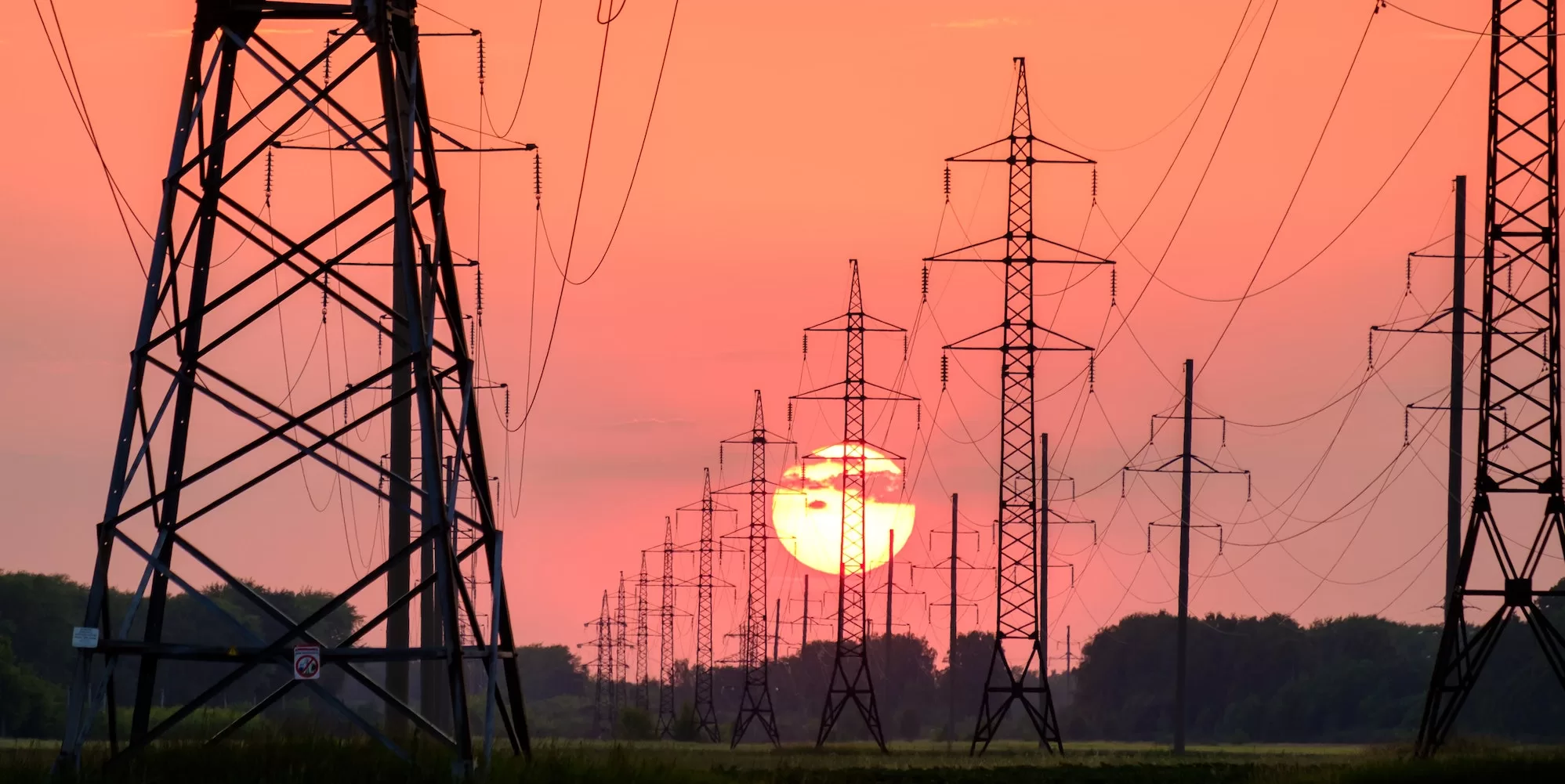Life of the Land has not shied away from controversy. We have found our niche at the Public Utilities Commission. Life of the Land also attends and participates in meetings of the Hawai`i Climate Change Mitigation and Adaptation Commission, the Hawai`i Greenhouse Gas Sequestration Taskforce, and the cutting edge Honolulu Climate Commission.
Addressing climate change, human-induced extinctions, advancing equity, and promoting renewable energy threatens a vast array of status quo, business-as-usual interests and investors in coal, gas, petroleum, forestry, plastics, chemicals, fertilizers, and pesticides.
The City and County of Honolulu and Maui County filed lawsuits against the fossil fuel majors, seeking money for climate mitigation. Eight Hawai`i law firms are defending the fossil fuel industry.
With trillions of dollars in annual revenue, the fossil fuel hegemony is using a vast set of tools to oppose saving the planet: greenwashing; fake studies; all-paid junkets, speaking engagements, and awards for politicians, backroom lobbying, and other manipulations.
The fossil fuel industry argument is that net zero emissions should be a distant target, that we can spend the next 30 years with increasing global greenhouse gas emissions, that increases in extreme weather events such as rain bombs and stronger hurricanes, changes in ocean currents and polar vortexes, flooding, and rising sea levels is the cost of economic growth.
Hawaiian Electric Company and the Consumer Advocate recently asserted that Life of the Land is the most prolific intervenor at the Public Utilities Commission. Among community groups with community members controlling their board of directors, Life of the Land has been in four times as many PUC proceedings as the next three entities combined.
Life of the Land has been in Public Utilities Commission, Board of Land and Natural Resources, and Federal Energy Regulatory Proceedings regulatory proceedings involving NextEra, Hu Honua, Na Pua Makani, Big Wind, Aina Koa Pono, PAR Hawaii Refinery, Imperium Renewables, Kamoku-Pukele (Wa`ahila Ridge) Transmission Line, and Grays Harbor’s Penguin Bank Wind/Wave Farm.
Life of the Land asserts that every energy project has positive and negative economic, environmental, social, cultural, geographic, greenhouse gas, taxpayer, and ratepayer impacts, and Life of the Land is concerned with the impacts, externalities and unintended side-effects of energy projects and programs.
Life of the Land is currently a party in several open regulatory proceedings including hardening HECO`s electric transmission grid to withstand climate change related extreme weather events;, decarbonization of the gas grid; and establishing performance incentive mechanisms to encourage the HECO Companies to achieve state goals on climate change, interconnections, and community engagement.
There has always been a split between the environmental movement and the environmental justice movement. The former stresses advances towards sustainability, the later stresses the need for all people to be part of the solution.
Picture an environmental justice community that has a polluting fossil fuel facility that is damaging the health of the community as well as harming animals and plants.
A community led effort develops a plan: the fossil fuel facility will be removed, the land cleaned up, a renewable energy facility will be built nearby, and the community workers will be trained and hired to work in the clean energy field.
The fossil fuel facility developed an alternative plan. The facility will pay to pollute. The facility paints its equipment green. The legislature uses some of the funds to advance renewable energy and the rest to fund their pet interests, as is currently done with the Hawaii Barrel Tax.
The industry plan is adopted. The polluting industry runs advertisements noting they are part of the climate change solution. Price hikes are passed onto everyone, including members of the environmental justice community. Legislators announce that they passed a carbon tax.
Greenwashing is a serious issue in many climate change arenas. American and European nations have exported greenhouse gas industries to developing countries over the past several decades, buying back the goods produced, and claiming that American and European greenhouse gas emissions are falling. It is all about spin, not reality. The spin emphasis who produces the emissions, not who consumes the embedded emissions.
Many countries, provinces, and states have politically defined electricity generated from clearing cutting forests to be carbon neutral. No need for pesky life cycle analysis. These places have replaced greenhouse gas emitting fossil fuels with burning trees. Although actual greenhouse gas emissions have risen, governments have manipulated reporting requirements and are pretending that a solution has been achieved.
Hu Honua proposes clear cutting Hawai`i Island forests to burn wood chips to generate high priced electricity to be sold to HELCO. Hu Honua would generate higher greenhouse gas emissions per megawatt-hour than any coal, oil, or diesel power plant that has existed in the state. Life of the Land is currently at the Hawaii Supreme Court for the fourth time in the 15-year battle against this insane project.
One major cutting-edge issue at the Hawai`i Public Utilities Commission is energy equity.
Should urban Honolulu be powered by wind farms on Lana`i and Moloka`i (Big Wind), or solar farms in Waianae, Kunia, and the North Shore (Big Solar)? Can a community say no, or are they only allowed to accept a payout? Should Community Benefits
Packages offset the industrialization of rural communities? Should economically challenged communities have to pay high electric rates to finance utilities to build additional energy infrastructure so that richer communities can have solar roofs and electric cars?
Another cutting-edge issue at the Hawai`i Public Utilities Commission to resilience.
Most of the global greenhouse gas emissions since the beginning of the Industrial Revolution has been emitted since 1970. Disasters will strike. Hawaii is far from re-supply ports. How much money should be spent now to harden systems? What reserve supplies should be stored within the state? Who should pay?
The Public Utilities Commission regulates all electric and gas utilities. These proceedings are where laws are translated into policy. Parties and participants in these proceedings are almost exclusively utilities, renewable energy companies, trade groups, and governmental agencies.
Regulatory gas and electric proceedings involve financing, accounting, public policy, utility jargon, transmission, interconnections, emissions, rate, mergers, and externalities. Reading and understanding the fine print, the definitions, the loopholes, and the escape clauses is of paramount importance.
Understanding and engaging in the Public Utilities Commission regulatory process is challenging, not because the information is lacking, but because there is so much data in so many disciplines. The Commission`s internet-based Document Management System has perhaps ten million pages, every filing in every docket opened since 1998.
The proceedings that Life of the Land has engaged in at the Public Utilities Commission involve fossil fuel, diesel, coal, gas, synthetic natural gas, renewable natural gas, liquefied natural gas, hydrogen, solar, biofuel, biomass, land and water-based wind, wave energy, ocean thermal energy conversion, hydroelectric, pumped storage hydro, geothermal, energy efficiency, net energy metering, feed-in tariffs, renewable portfolio standards, wheeling, reliability standards, microgrids, greenhouse gas emissions, climate hardening, community based renewable energy, demand response, power plants, substations, non-wire alternatives, blackouts, resilience, power purchase contracts, externalities, distributed generation, land-based and undersea transmission lines, integrated resource planning, power supply improvement plans, performance-based regulation, restructuring, reorganization, rate cases, mergers, green tariffs, protected agriculture tariffs, ringfencing, and green energy market securitization.

